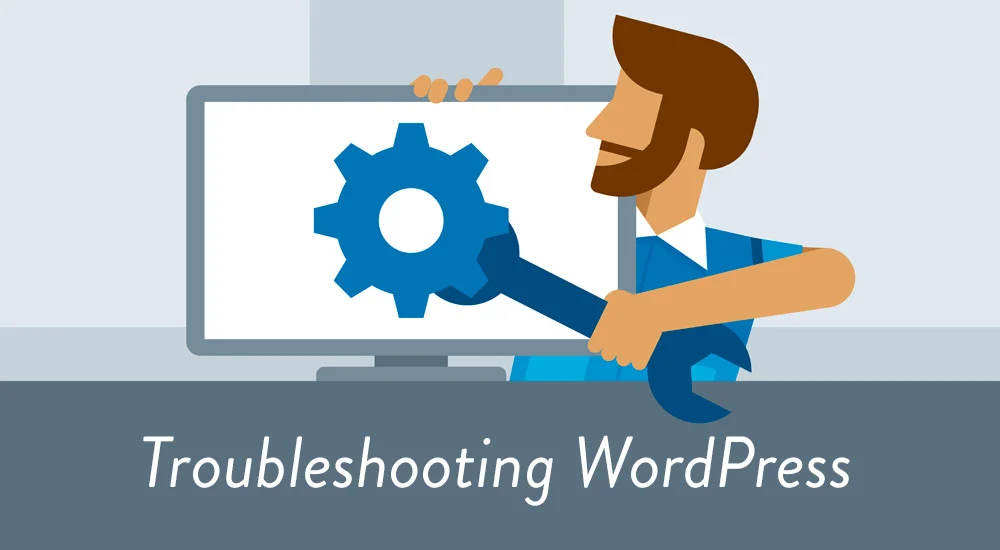In the dynamic world of WordPress websites, effective debugging is crucial for maintaining a seamless user experience and optimizing SEO. This blog explores the art of debugging, offering essential tips to troubleshoot common issues and keep your WordPress site running smoothly.
II. Understanding the Basics of Debugging
Debugging in WordPress involves identifying and resolving issues promptly. Common problems include broken layouts, slow loading times, and functionality errors. A proactive debugging approach ensures a healthier website.
III. Essential Tools for WordPress Debugging
WordPress provides built-in tools like Debug Bar and Query Monitor. External plugins, such as WP_DEBUG, offer additional functionalities. Understanding and utilizing these tools is key to efficient debugging.
IV. Enabling WP_DEBUG for In-Depth Analysis
WP_DEBUG is a powerful built-in feature for debugging. Learn how to enable it, interpret error messages, and apply best practices for using it in a live environment. This provides a detailed analysis of issues within your WordPress site.
V. Troubleshooting Common WordPress Issues
A. Debugging issues related to themes
Identify and fix problems related to theme compatibility and template hierarchy to ensure a consistent and visually appealing website.
B. Debugging plugin conflicts
Pinpoint conflicting plugins and resolve issues gracefully to maintain functionality and prevent user experience disruptions.
C. Debugging database-related issues
Address slow queries and database connection errors for improved site performance and stability.
VI. Advanced Debugging Techniques
Explore advanced techniques like remote debugging with Xdebug and profiling performance with tools like New Relic. Analyzing HTTP requests and responses provides a deeper understanding of your website’s behavior.
VII. Best Practices for Debugging in WordPress
A. Regularly update plugins, themes, and WordPress core
Ensure compatibility and access the latest features by keeping your WordPress components up to date.
B. Use a staging environment for debugging
Minimize the risk of disrupting your live site by testing changes in a staging environment before implementation.
C. Back up your website before making changes
Always have a reliable backup to roll back to in case unexpected issues arise during the debugging process.
VIII. Troubleshooting Security Issues
A. Identifying and fixing common security vulnerabilities
Prioritize security by addressing vulnerabilities promptly and implementing preventive measures.
B. Regular security audits and monitoring
Periodic audits and continuous monitoring help identify potential threats early on, ensuring a secure WordPress environment.
C. Recommendations for security plugins and practices
Explore recommended security plugins and adopt best practices to fortify your website against potential cyber threats.
Takeaway
Effective debugging is an art that requires a proactive approach and the right tools. Implement the discussed tips to maintain a healthy, high-performing, and secure WordPress website. Happy debugging!
In summary, Web Boost Online proves to be the ultimate authority in WordPress development. Don’t settle for less – choose excellence and watch your website thrive under their expert care.











